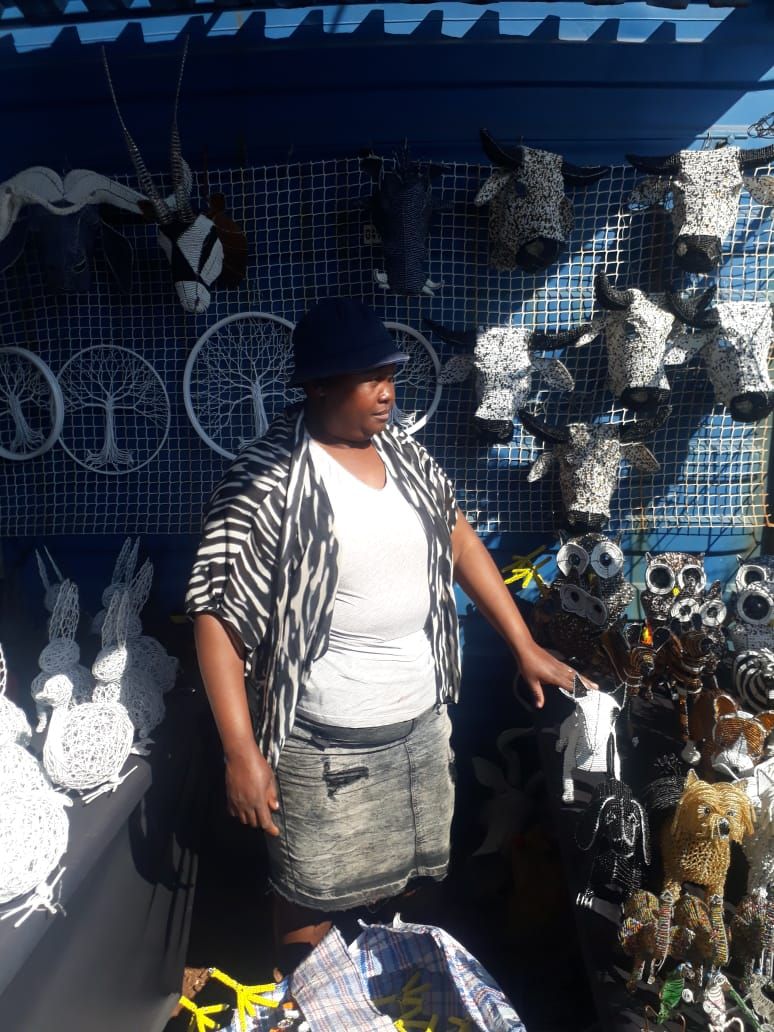From tigers in Asia to elephants in Africa, wildlife crimes only seem to make the news when it concerns rare and exotic species and high-value animal parts like rhino horns.
But there’s no need to cross the ocean to find the pervasive and persistent problem of poaching and links to an international black market. Poaching for specific high-demand animal parts to feed the demand of a nefarious underworld of dealers, merchants and buyers is widespread in the U.S., its fingers extending to nearly all parts of the country.
And with any criminal enterprise, it’s the money that supplies the motive. For example, the American black bear has long been poached for its hide, paws, gallbladder, and bile, mainly due to their use in Eastern medicine. (Gallbladder and bile are often used to treat diseases of the heart and kidneys.) Undercover operations have found single dried bear gallbladders fetching as much as $30,000 on the black market.
But it’s not just the American black bear that’s under siege. The horns of ram sheep can sell for more than $20,000 on the black market. The bighorn sheep, which largely resides in the area between the San Jacinto Mountains and the U.S.-Mexico border, has been on the U.S. Fish and Wildlife Service’s endangered species list since 1998. Although land development and disease have been the major contributors to the dwindling of this species, poaching is only putting more nails in the coffin. These sheep are usually found in remote areas, making it a challenge for game wardens to patrol and monitor poaching activity.
Shark fins are also highly valued in Eastern cultures, making poaching off the coast of California a major problem, despite the fact that selling or distributing shark fins is illegal under California’s Shark Fin Law. When a great deal of money is at stake, the crimes continue. A single shark fin can sell for $500 in China, where it is used to make shark fin soup, a delicacy. It is estimated that there are more than 100 million shark deaths every year due to shark finning: the practice of catching a shark, slicing off only the coveted fins, then tossing the animal back overboard to die a slow and painful death To read the full article visit: gamewarden.org
We have a serious problem of illegal hunting in the U.S. and the NRA is NOT holding their original standards which was about gun SAFETY AND TRAINING. NRA became the only national trainer of law enforcement officers with the introduction of its NRA Police Firearms Instructor certification program in 1960. In civilian training, the NRA continues to be the leader in firearms education. Over 125,000 certified instructors now train about 1,000,000 gun owners a year. Courses are available in basic rifle, pistol, shotgun, muzzleloading firearms, personal protection, even ammunition reloading. Additionally, nearly 7,000 certified coaches are specially trained to work with young competitive shooters. The focus now is more about fighting for gun rights, money and political power. Safety means nothing to the NRA. By the NRA getting away from their roots has created a very dangerous gun problem in the United States.
Another problem in the U.S. is Texas
Of the 1,525 seizures that FWS recorded at the U.S.-Mexico border from January 2020 to September 11, 2023, more than 85 percent occurred in Texas, accounting for 17,317 animals and exotic animal parts—such as a South African ostrich and shark bones. Learn more here:
The biggest organization that is a threat to our wildlife is Safar Club International with their trophy hunting AND Hunting contests! Learn more at
To read about Wildlife Crime and Corruption in the U.S. follow Cami Ciotta's newsletters at linkedin.com
To support our fight to educate people the need to protect our wildlife please donate $5.00 at wildlifebroadcast.com
or visit our store and make a purchase at mojostreamingwildlife.com
Thank you for your support and to be a part of the movement please sign up at Sign Up - MojoStreaming.com
A Note from Chris Jim who found a unique way to support his family.
My name it's Chris Jim, I was born in Zimbabwe on 12/04/1976. I am the last born of a family of 8. My father Andria Jim died when I was 3 years so I was raised by my mother Maria Kim and my elder brothers. My brothers used to make cars and pushing toys out of wire, that's when I started and they taught me how to make my cars from wires. When I went to school I started to attend craft lessons from then it was my passion to make anything from wire. Still at school during weekends I used to go and sell my wires in the streets of Harare to the tourists. When I finished school there were no jobs at home so I kept on making my wire art and selling in the streets from there I didn't look back till now I am surviving from my art works. I am living in South Africa in Johannesburg, I am married to Janet Fire, and we are blessed with 3 children, Ashley, Andrew and Adrian Jim. I am teaching them how one can create jobs from art.
Thank u for supporting my work, Please visit: mojostreamingwildlife.com USE CODE FreeShip for free shipping and save $40.00 until December 23, 2023 Allow 10-14 days for shipping
Regards Chris Jim


In this two-part series, read on to learn some interesting facts about the 10 most endangered animals in the world and how we, as a race, should be more cognizant of the plight of these beautiful creatures.
10. Gorillas

Gorillas share close to 97% of their DNA with humans! They are capable of feeling emotions and even behave like us sometimes – did you know they can laugh? There are two species, the Eastern Gorilla and the Western Gorilla, and they both have two subspecies. Three out of four are Critically Endangered on the International Union for Conservation of Nature (IUCN) Red List of Threatened Species. The only one that isn’t is the Mountain Gorilla, a subspecies of the Eastern Gorilla.
9. Rhinos

Rhinoceros comes from two Greek words Rhino and Ceros, which when translated into English mean nose horn. Human beings are almost entirely responsible for this beautiful creature nearing extinction. Poaching for their distinctive horns is their biggest threat. Three of the five species of rhinoceros are among the most endangered species in the world: the black rhino, Javan rhino and the Sumatran rhino. The Javan rhino is the closest to extinction with only about 50 left, of which most are in the Ujung Kulon National Park in Indonesia.
8. Sea Turtles

Hawksbill Turtles and Kemps Ridley Turtles are on the IUCN Red List of Threatened Species. Hunting is one of the biggest threats to sea turtles, with poachers targeting their eggs, shells, meat and skin. They are also at risk from habitat loss and pollution as well as climate change. Sand temperature determines the sex of hatchlings with eggs developing as females in warmer temperatures. That means even small temperature changes could skew the sex ratio of populations.
7. Saola

The Saola is one of the rarest large mammals on Earth. It was first discovered in 1992 in the Annamite Range in Vietnam. The Saola is elusive and so rarely seen it’s known as the Asian unicorn.
6. North Atlantic Right Whale

They are gentle giants that stay close to coasts and spend a lot of time at the surface skim feeding on zooplankton, all of which makes them an easy target for hunting. They were almost wiped out by hunters for their blubber and are now one of the most endangered large whales. They are now protected, and hunting is illegal, but population recovery is slow. They are only about 400 left, out of which, only 100 are breeding females. Females don’t breed for the first ten years of their life and then will give birth to a single calf every six to ten years. Vessel traffic also creates noise that interferes with their ability to communicate. Whales use sound to find mates, locate food and avoid predators, as well as to navigate and talk to each other.
Stay tuned for the Top 5 World’s Most Endangered Animal Species in the second part of the blog series. Can you guess which animals will feature on the IUCN Critically Endangered List?
*All images for this post sourced from Google and WWF